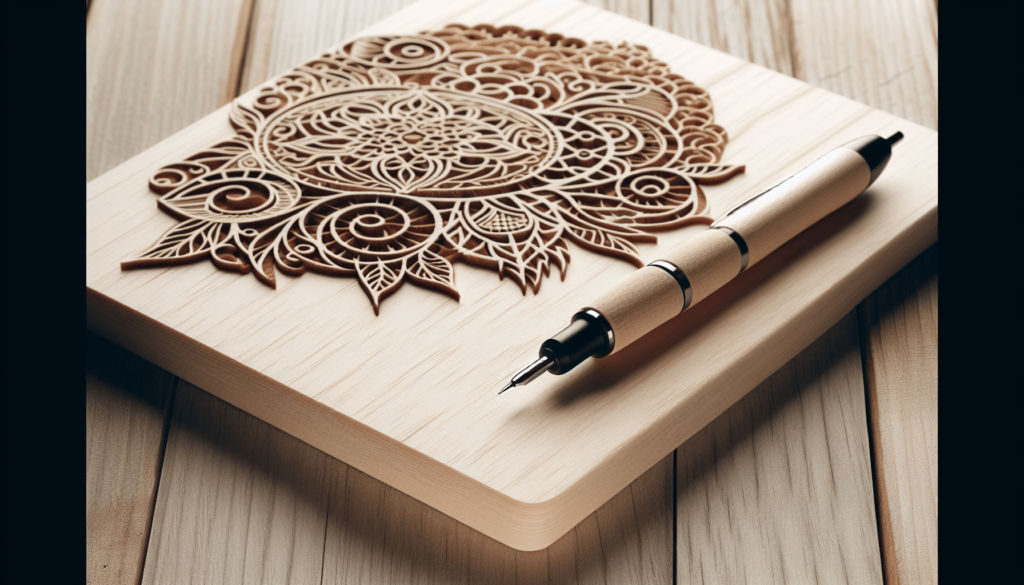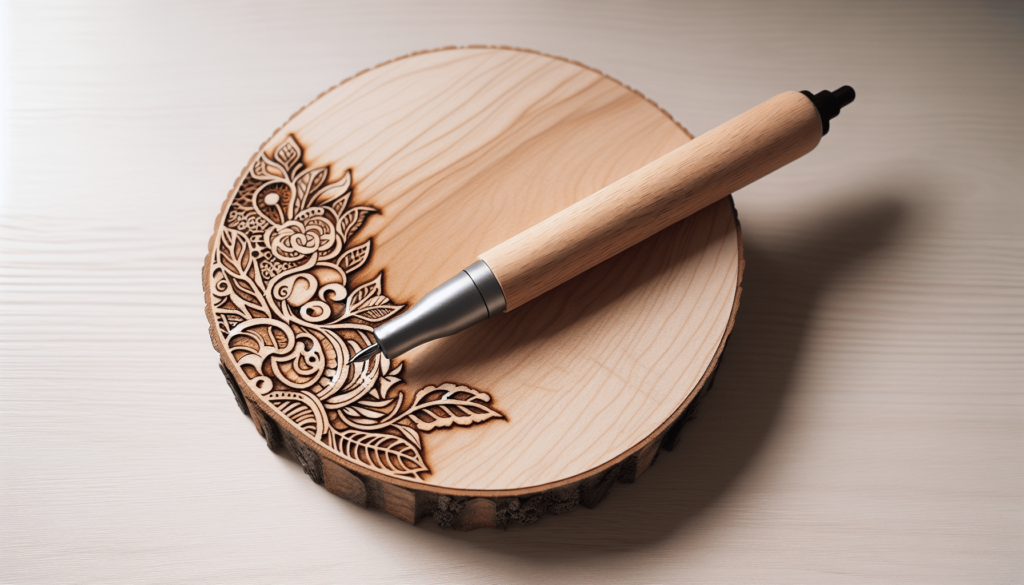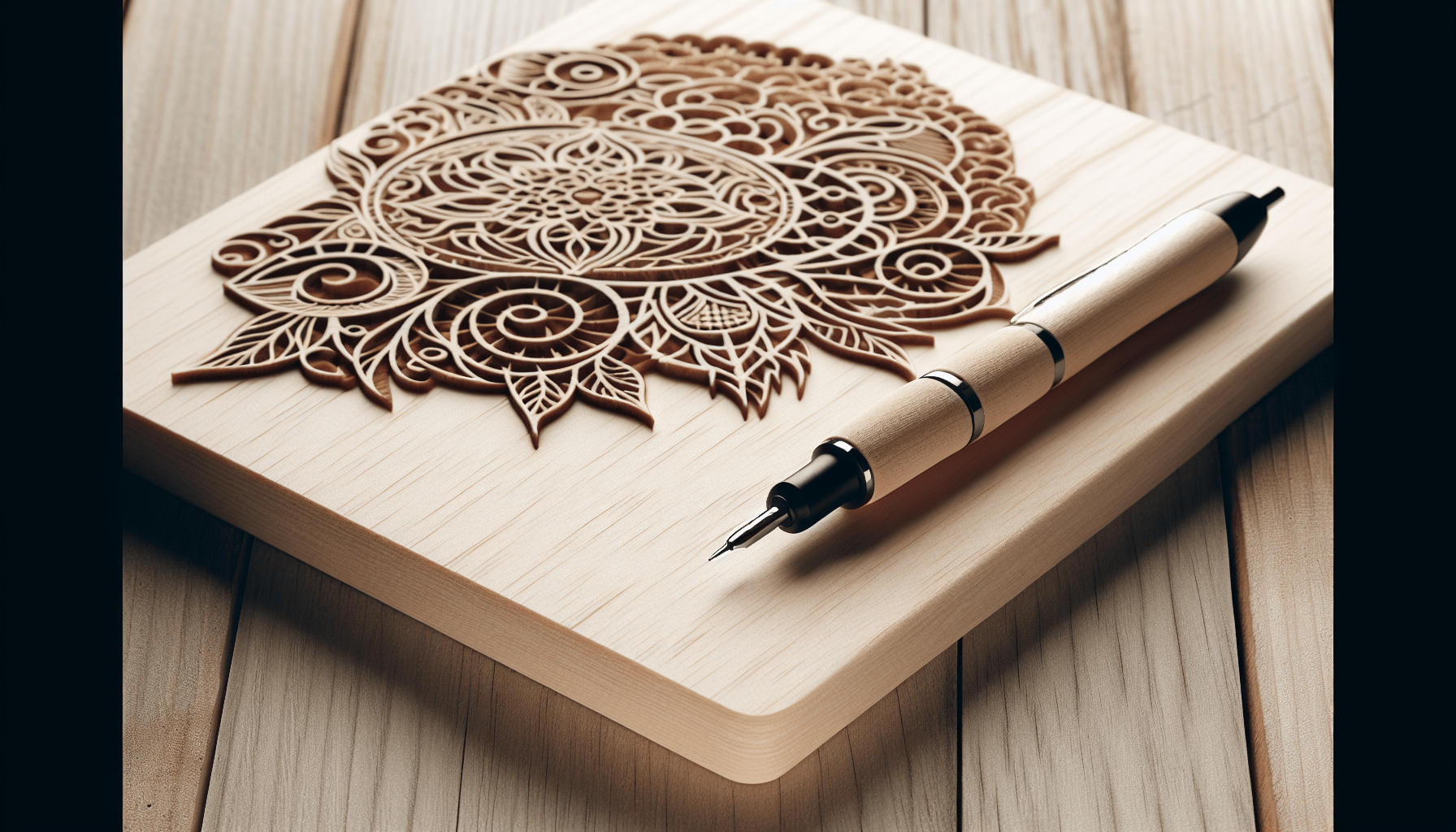Have you ever heard of the fascinating hobby of wood burning and wondered what it’s called? If you’re like me and love learning about unique crafts, then let me take you on a little journey into the world of pyrography.

What is Pyrography?
The Basics
Pyrography, derived from the Greek words “pur” (fire) and “graphos” (writing), is the artistic practice of burning designs onto materials, primarily wood. If you’ve ever come across a beautifully charred wooden plaque or a delicately singed piece of leather, you’ve seen pyrography in action.
The History
The roots of pyrography stretch back to ancient cultures. People have been using heated tools to create decorative patterns for centuries. From the Egyptians to the Chinese, this technique has stood the test of time. It’s not just about doodling on wood; it’s a tradition rich with history and culture.
How It Works
At its core, pyrography involves using a heated tool, similar to a soldering iron, to burn a design on a chosen surface. The temperature and the type of tip used can vary, resulting in different textures and shades. Think of it like shading with a pencil, but using heat instead.
Tools of the Trade
Basic Equipment
To start with pyrography, you don’t need to break the bank. There are a few key tools that will get you going.
| Tool | Description |
|---|---|
| Pyrography Pen | The main tool, comes in various models ranging from basic to advanced. |
| Interchangeable Tips | Different shapes and sizes for various effects and line widths. |
| Wood/Craft Material | Your canvas, typically wood; however, leather and certain papers can be used too. |
Optional Accessories
As you get more into pyrography, there are some accessories that can enhance your experience.
| Accessory | Description |
|---|---|
| Temperature Control | Allows for precision in creating different shades and effects. |
| Stencils | For those, like me, who aren’t confident freehand artists. |
| Sandpaper | Ensures your surface is smooth before starting your design. |
Safety Gear
Never forget safety! Working with heat requires some basic precautions:
| Safety Gear | Purpose |
|---|---|
| Heat-Resistant Gloves | Protects your hands from accidental burns. |
| Ventilation Mask | Prevents inhalation of smoke and fumes from the burning process. |
| Safety Glasses | Shields your eyes from any stray sparks or debris. |
Getting Started with Pyrography
Choosing Your Materials
When selecting wood, go for softer varieties like basswood or pine as they burn more easily and evenly. Avoid treated or resinous woods—they can release harmful fumes.
Creating Your Design
Start simple. Sketch your design lightly on the wood with a pencil. This is where your artistic vision takes shape. For more intricate designs, print out a template and transfer it to the wood using graphite paper.
Burning Your Design
Place your pyrography pen on the wood and trace your design. Practice consistently maintaining pressure and speed. The art lies in the control and the subtlety of the burn.
Techniques to Master
Basic Lines and Shading
Learning to vary line thickness and shading is crucial. Just like in drawing, darker shades can be achieved by going slower and applying more pressure.
Texture and Patterns
Different pyrography tips can create a variety of textures. Dots, cross-hatching, and stippling can add depth and character to your piece.
Color Incorporation
Advanced pyrographists sometimes incorporate colored pencils or watercolors after the burning process. This can bring a whole new dimension to your work.

Advanced Pyrography
3D Effects
By mastering shading and texture, you can create images that have a three-dimensional appearance. This involves more complex layering and understanding light and shadow.
Mixed Media
Combining pyrography with other art forms like painting, carving, or even metalwork can create extraordinary pieces. This is where your creativity can explode.
Pyrography and Me
My First Project
I’ll be honest; my first attempt at pyrography was far from perfect. I ended up with a slightly charred, unrecognizable piece of wood. But with practice, I began understanding the nuances of the craft.
Finding Community
One of the best parts of any hobby is the community. I found local classes and online forums where I could share my progress, get tips, and just geek out with fellow pyrographists. It’s supportive and inspiring.
Benefits Beyond the Craft
Pyrography isn’t just a hobby for me; it’s a form of meditation. Focusing on the slow, deliberate process of burning designs helps me unwind and escape the day-to-day hustle.
Conclusion
So, the next time someone asks you, “What is the hobby of wood burning called?” you can confidently tell them all about pyrography. It’s more than just a craft; it’s a creative journey filled with history, skill, and endless possibilities. Whether you’re looking to try something new or perfect an old hobby, pyrography offers a unique and fulfilling avenue for artistic expression.
Have you ever tried your hand at pyrography? If not, why not give it a go? Who knows, you might find it as enchanting as I do.

